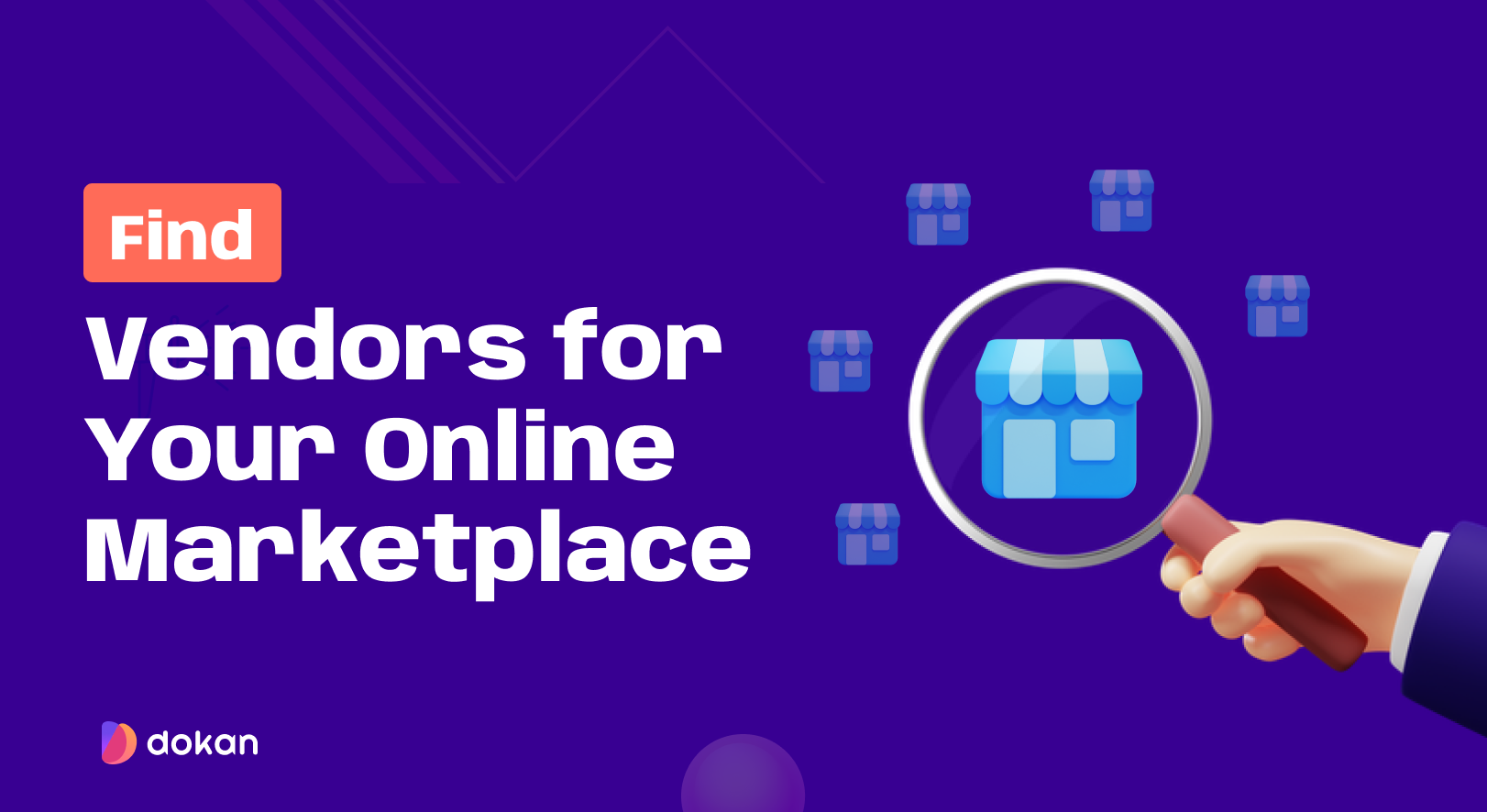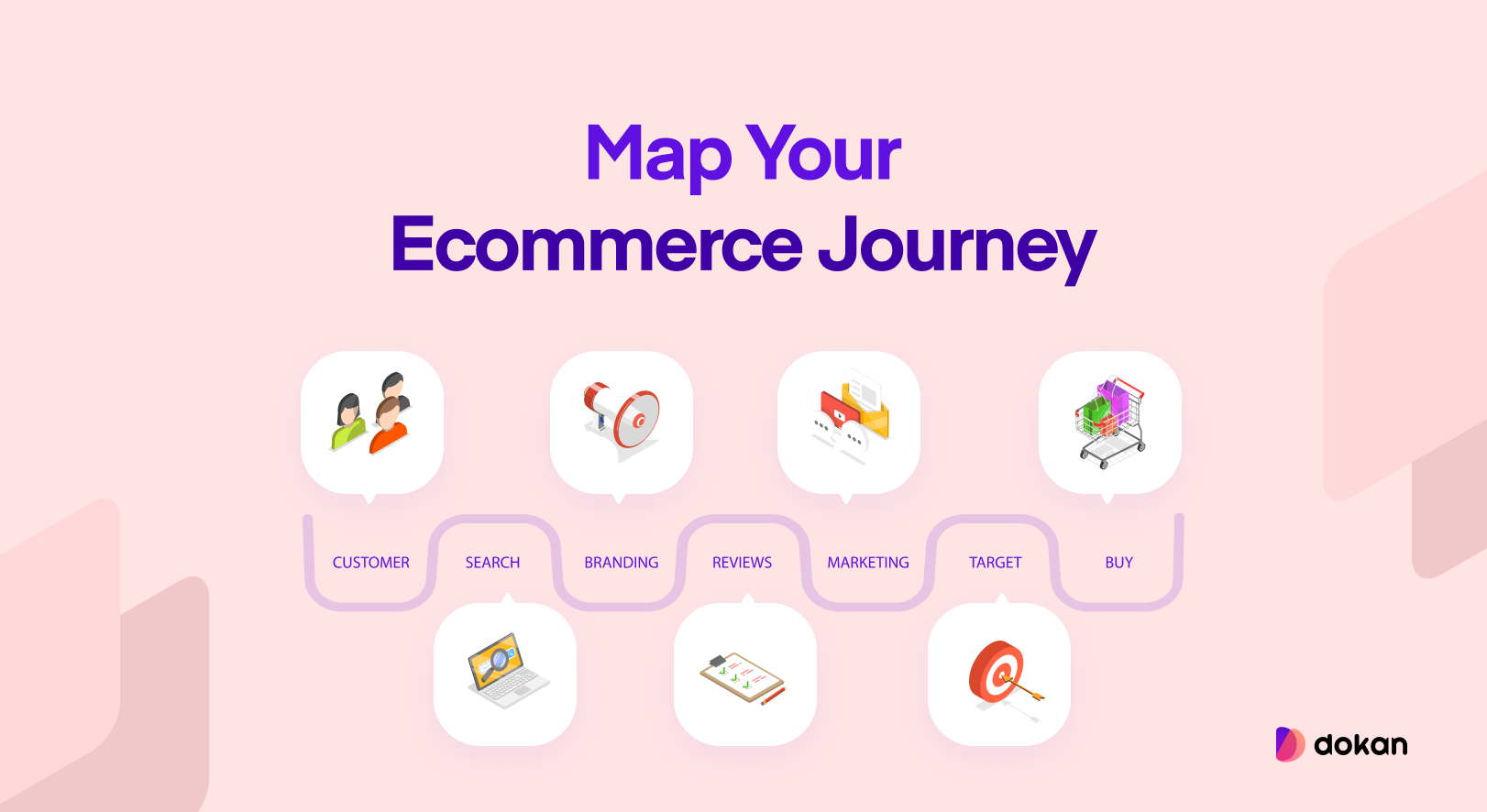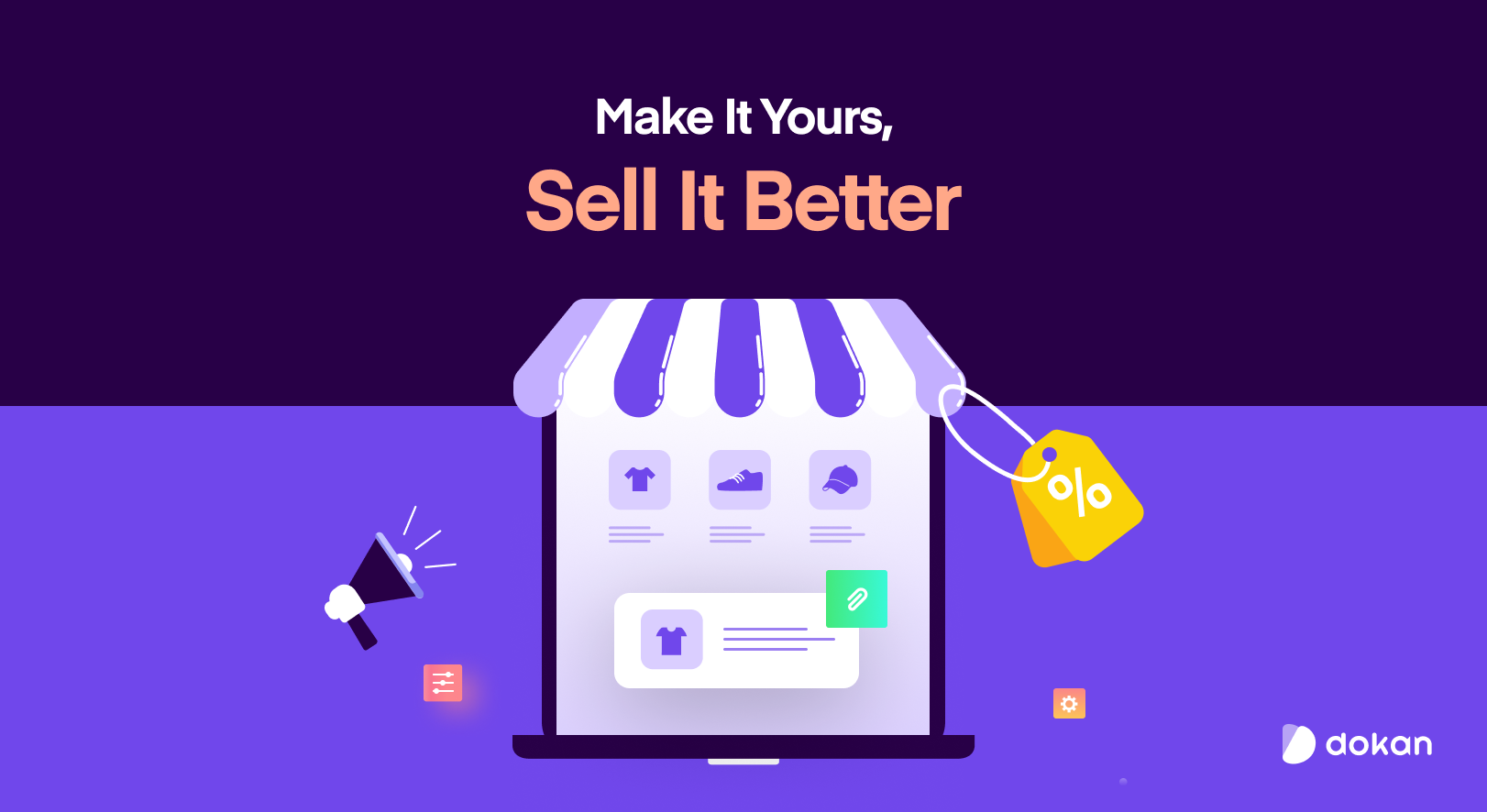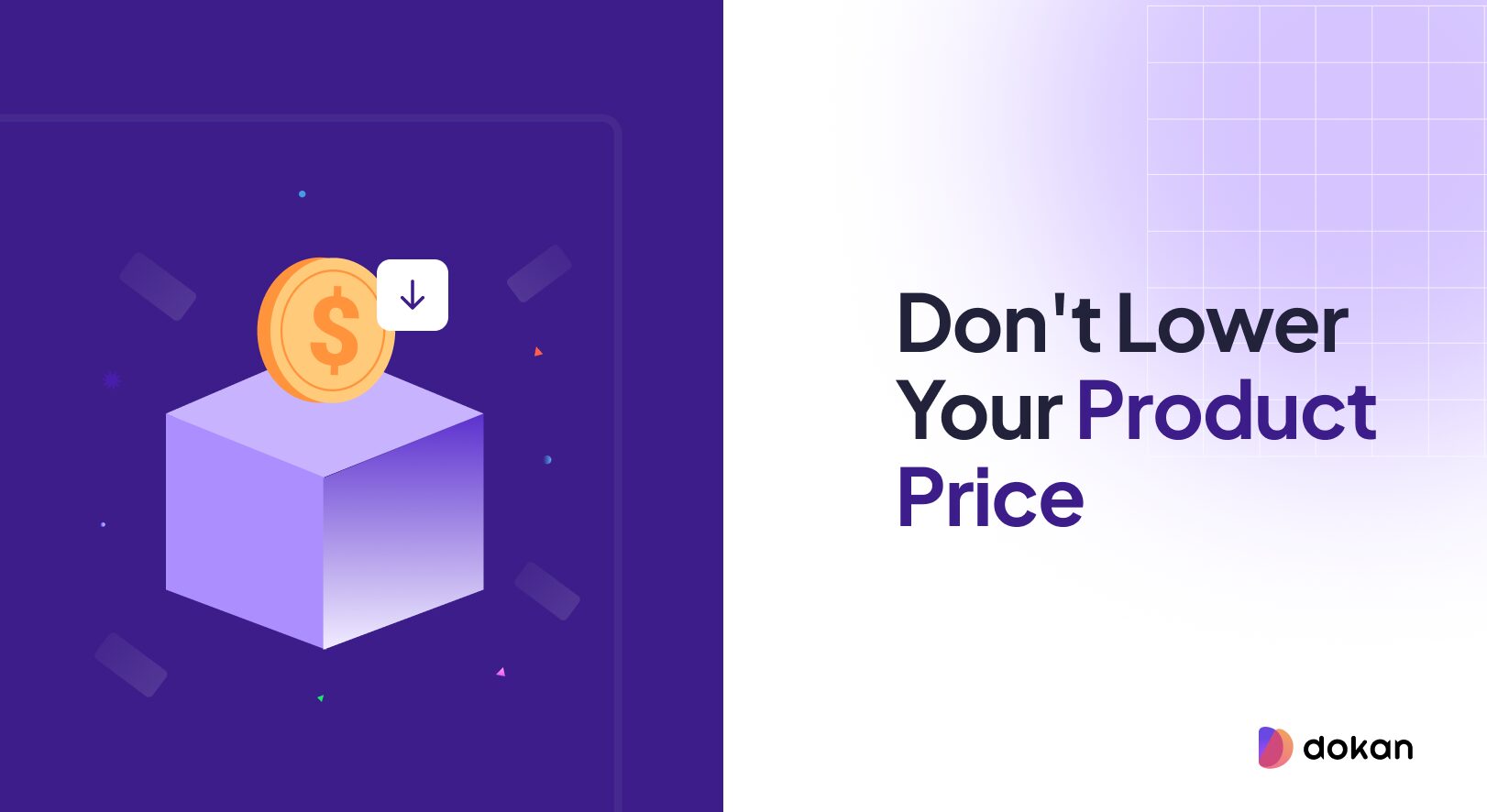When you first start your online marketplace, the excitement of getting everything up and running can sometimes overshadow a critical part of the process: finding the right vendors.
Trust me, I’ve been there. It can feel overwhelming, especially if you’re unsure where to start.
Here are some effective ways to find vendors for your online marketplace:
- Promote your marketplace online through social media and online advertising.
- Network offline by attending trade shows, vendor fairs, and local business events.
- Join merchant associations which often have directories of suppliers and vendors.
- Establish yourself as an expert in your niche by creating helpful content & sharing knowledge.
Later in this vendor guide, I’ll dive deeper into how to find vendors and explore effective strategies to bring them to your marketplace.
Let’s start from the basic ⤵️
What is a Marketplace Vendor?
A marketplace vendor is an individual, company, or organization that sells products or services through an online marketplace platform.
This platform acts as an intermediary, providing a virtual space where vendors can list their offerings and reach a wide audience of potential customers.
Examples of well-known marketplace platforms include Amazon, eBay, Etsy, etc.
Why You Should Be Careful When Choosing Your Vendors for Your Online Marketplace

The vendors you select can impact your marketplace’s reputation and success. Reliable vendors ensure quality products and good customer experiences. Poor choices, however, can lead to complaints, refunds, and lost trust.
In a nutshell, your vendors can either make or break your marketplace.
A good vendor offers quality products and reliable service. This leads to satisfied customers who are more likely to return and recommend your marketplace to others.
On the other hand, a bad vendor can lead to poor product quality, delayed shipments, negative reviews, or even legal trouble. And let’s face it, these are the last things you need when you’re working hard to grow your online marketplace.
Understanding the Types of Vendors You Need
There is no doubt you need reputed vendors to grow your marketplace. But to bring them on board, you must effectively promote your marketplace to the right audience.
How do you identify the vendors you should target?
Start by understanding the different types of vendors. Not every vendor will be a good fit for your marketplace. The ideal vendors align with your vision, uphold your quality standards, and deliver an exceptional experience to your customers.
Here’s a breakdown of the various types of vendors across different niches:
- Product Vendors – Sellers of physical goods like fashion, gadgets, or home goods.
- Service Vendors – Providers of intangible goods such as digital services, freelance work, or online courses.
- Wholesale Vendors – Suppliers of bulk products for large-scale operations at discounted rates.
- Drop-Shipping Vendors – Vendors who manage inventory and ship products directly to customers.
- Local Vendors – Sellers offering unique, regional, or culturally significant products.
- Technology Vendors – Providers of digital tools for managing listings, payments, shipping, and customer interactions.
Now that you understand the types of vendors your marketplace needs, the next step is to focus on how to find them.

Subscribe to
Dokan blog
How to Find Vendors for Your Marketplace
Below is a step-by-step guide to help you find, attract, and onboard vendors for your marketplace.
Step 1: Define Your Marketplace Niche and Vendor Requirements
Before you start searching for vendors, it’s essential to understand your marketplace’s niche and target audience. What types of products or services are you offering? Who are your ideal customers?
Once you’ve answered these questions, you can identify the types of vendors that align with your marketplace’s goals.
Key Considerations:
- Product quality and pricing.
- Vendor location and shipping capabilities.
- Minimum order quantities (MOQs).
- Vendor experience and reputation.
You have to establish clear quality and pricing standards for the vendors you want to work with. These guidelines will help you identify vendors that align with your marketplace’s values and business goals.
Step 2: Research Potential Vendors
Once you’ve defined your marketplace needs, it’s time to start looking for vendors. There are several effective ways to find potential suppliers, both online and offline.
Here are several ways to find vendors for your marketplace:
1. Online Supplier Directories
Explore platforms where manufacturers and wholesalers list their products:
- Alibaba – Best for global suppliers
- GlobalSources – Focuses on verified manufacturers
- IndiaMart – Great for Indian suppliers
- Tundra & Faire – Good for boutique and independent brands
2. Trade Shows & Expos
Attending industry trade shows (both online and offline) helps you connect with reputable vendors. Examples:
- CES (Tech products)
- Canton Fair (Wholesale goods from China)
- MAGIC Las Vegas (Fashion)
Many trade shows also have virtual events, allowing you to network remotely.
3. Competitor Marketplaces
Analyze competitors’ vendors on platforms like Amazon, Etsy, or eBay. Check:
- Seller profiles & product offerings
- Reviews and customer feedback
- Contact information (some sellers list websites)
4. Wholesale & Dropshipping Suppliers
If you’re setting up a dropshipping marketplace, use these platforms:
- Spocket – Connects with WooCommerce & Shopify
- Printful / Printify – Print-on-demand products
- CJ Dropshipping – Direct integration with online stores
5. Social Media & Online Communities
Many independent vendors showcase products on Instagram, TikTok, Facebook Marketplace, and Pinterest. You can:
- Search relevant hashtags (e.g., #handmadejewelryvendor)
- Join Facebook groups related to wholesale products
- Contact creators directly for bulk partnerships
6. Cold Outreach & Local Businesses
Sometimes, the best vendors aren’t on big platforms. Reach out via:
- Google searches (like “wholesale organic skincare USA”)
- Local business directories
- LinkedIn outreach
By utilizing these methods, you can expand your options and find vendors that align with your marketplace’s needs.
Step 3: Attract Vendors to Your Marketplace
Once you’ve found potential vendors, the next challenge is convincing them to join your platform.
1. Highlight the Benefits of Selling on Your Marketplace
Vendors will only join if they see value. Your pitch should cover:
✅ Low Selling Fees – Compare with platforms like Etsy or Amazon
✅ Marketing & Exposure – Explain how you’ll drive traffic to their products
✅ Easy Store Management – Show how WooCommerce, Dokan, or other tools simplify selling
✅ Payment Security – Offer reliable payment solutions (PayPal, Stripe, Escrow)
2. Offer Seller Incentives
To encourage vendors to sign up, provide:
- Lower commission rates for early adopters
- Free listings for a trial period
- Marketing support (e.g., feature them in social media campaigns)
3. Simplify the Vendor Onboarding Process
Make the sign-up process easy. If using WordPress, plugins like Dokan or WC Vendors let vendors register and manage stores effortlessly.
Your vendor onboarding page should include:
- A clear sign-up form
- Step-by-step tutorials (text or video guides)
- FAQs about commissions, payouts, and order handling
Step 4: Evaluate Vendor Options
After identifying potential vendors, the next step is to evaluate them to ensure they meet your marketplace’s standards.
First, assess the product quality. Look for samples or request trial runs to check the vendor’s product standards. Make sure the products meet your marketplace’s expectations and quality requirements.
Next, evaluate the pricing. Compare vendors’ prices to ensure they offer competitive rates without compromising on quality. A vendor who offers affordable prices may not always be the best choice if the quality is subpar.
Check reviews, testimonials, and case studies from other businesses that have worked with the vendor. This feedback can provide valuable insights into the vendor’s reliability, communication, and overall service.
Finally, consider whether the vendor can scale with your marketplace’s growth. As your marketplace expands, you’ll need vendors who can handle larger orders, increased demand, and long-term partnerships.
Step 5: Verify Credibility and Reliability
Before approving a vendor, verify their credibility to maintain marketplace quality.
Checklist for Vendor Approval:
✔ Product Quality: Request samples if needed
✔ Customer Reviews: Check existing feedback
✔ Pricing & Profit Margins: Ensure competitive pricing
✔ Order Fulfillment Capabilities: Can they handle bulk orders?
✔ Return & Refund Policies: Clear policies reduce disputes
Communicate directly with the vendor to assess their responsiveness and professionalism. Are they easy to get in touch with? Do they respond promptly to inquiries?
A vendor who communicates effectively and provides excellent customer service will make working together much smoother.
Step 6: Negotiate Contracts and Terms
Once you’ve selected the right vendors, it’s time to negotiate contracts and terms. This step ensures both parties are clear on expectations and responsibilities.
Start by discussing pricing, payment terms, and delivery schedules. Make sure both parties are comfortable with the terms, and clarify any potential issues upfront.
Include clauses in the contract for dispute resolution, termination, and performance metrics. These clauses protect both you and the vendor in case things don’t go as planned.
Agree on quality standards and performance metrics to ensure the vendor delivers as expected. Regularly review these standards to maintain consistency and quality.
Step 7: Build Long-Term Vendor Relationships
After finalizing contracts, focus on building strong, long-term relationships with your vendors.
Communication is key to maintaining a successful partnership. Keep an open line of communication with your vendors to address issues, provide feedback, and ensure both parties are satisfied.
1. Provide Vendor Support
Offer dedicated customer support to help sellers with:
- Order management
- Marketing tips
- Technical issues
2. Promote Top Vendors
Feature high-performing vendors in:
- Email newsletters
- Social media promotions
- Homepage banners
3. Offer Data & Analytics
Use analytic tools like Google Analytics, WooCommerce Conversion Tracking, etc. to share insights like:
📊 Best-selling products
📊 Customer behavior trends
📊 Marketing performance reports
Encourage vendors to improve their offerings by providing constructive feedback. A good vendor will appreciate this and work to meet your expectations.
Also, recognize and reward vendors who consistently exceed your expectations, as this helps to promote loyalty and strengthen your business relationship.
Conclusion: Vendor Guide 101
Your vendors play a direct role in shaping customer experiences, driving sales, and determining your marketplace’s long-term success.
To recap, start by clearly defining your niche and vendor criteria, then explore multiple sourcing strategies—supplier directories, trade shows, social media, competitor marketplaces, and direct outreach.
Once you identify potential vendors, focus on attracting them by showcasing the unique benefits of selling on your platform. Streamline the onboarding process, establish clear quality standards, and verify their credibility before finalizing partnerships.
Beyond onboarding, prioritize long-term vendor relationships through continuous support, marketing collaboration, and performance tracking. A marketplace that actively helps its vendors grow will ultimately build a stronger reputation, better product selection, and increased customer satisfaction.
By implementing these steps, you’ll create a vendor network that not only meets your marketplace’s needs but also contributes to its success and scalability.
Ready to start? Take the first step by reaching out to potential vendors today! 🚀
Check out Vendor Guide 102: How to Onboard Vendors on Your Marketplace for tips on creating a seamless onboarding process!
Subscribe to
Dokan blog
We send weekly newsletters, no spam for sure!







Leave a Reply